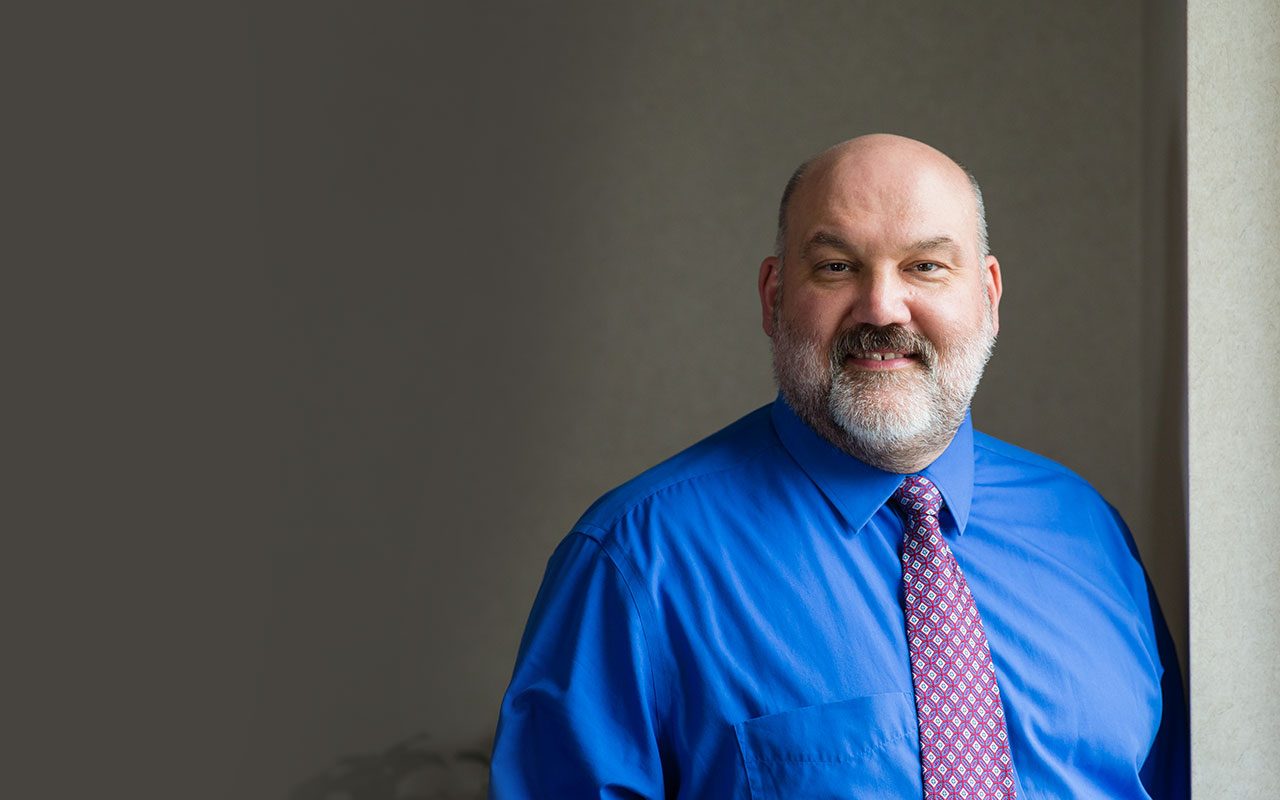Lumbar disc herniation is a common condition that can cause pain and discomfort in the lower back. Discectomy is a surgical procedure that is often performed to remove the damaged portion of the disc and alleviate symptoms. While discectomy can provide relief to many patients, there is a risk of recurrence, which means the herniation may come back even after a seemingly successful surgery.
Disc Herniation After Surgery
According to research, recurrent lumbar disc herniation after discectomy is not uncommon. One study found that about 5-10% of patients who undergo discectomy experience a recurrence of their herniation within one year of the surgery¹. Another study reported that the risk of recurrence increased to 22.5% after two years². A third study found that the recurrence rate could be as high as 30% in certain patient populations³.
Disc annulus fissures can contribute to recurrent disc herniations after surgery because these fissures are essentially small tears in the outer layer of the spinal disc. When the disc herniates, the material inside the disc can leak out through the tear and put pressure on the nerves in the spinal column.
During surgery to repair a herniated disc, the surgeon will remove the part of the disc that is bulging or ruptured. However, they are not able to address the fissures in the annulus because they cannot be surgically sewn. This means that the disc remains weakened and may be more likely to herniate again in the future.
Historically, there was no way to completely prevent disc annulus fissures from occurring, there were steps that could be taken to minimize the risk of recurrent herniation. For example, patients are advised to avoid heavy lifting or other strenuous activities that could put stress on the spinal disc. Physical therapy and other forms of rehabilitation may also be recommended to help strengthen the muscles in the back and reduce the risk of further injury.
Non-Surgical Treatment for Disc Repair and Healing
Currently, Discseel® is available as a non-surgical spine procedure to resolve the discs’ annulus fissures by injecting the biologic fibrin. Doing so mends the fissures and allows for healing. Learn more about Discseel at RegenerativeSpineAndJoint.com and call (614) 999-9899 to schedule a consultation.
Another potential complication of discectomy is the development of epidural fibrosis, which is the formation of scar tissue in the epidural space where the nerve roots are located. Scar tissue can put pressure or tension on the nerve roots and cause pain and other symptoms similar to those of a herniated disc. In severe cases, epidural fibrosis can require additional surgery to remove the scar tissue.
The consequences of epidural fibrosis can be significant, as it can cause chronic pain and disability that can impact a patient’s quality of life. Avoiding this complication is another compelling reason to first explore Discseel® if your goal is to avoid spine surgery.
Contact Regenerative Spine and Joint Center to learn more about the Discseel® procedure. Fill out the form below to get started.
References:
- Ghasemi, A. A., Maroufi, N., Hejrati, B., & Khajavi, M. R. (2017). The rate of recurrent lumbar disc herniation after surgery: a systematic review and meta-analysis. Asian spine journal, 11(4), 622-632.
- Shin, M. H., Ryu, K. S., Lee, S. H., Park, C. K., & Kim, S. M. (2016). Recurrence after lumbar discectomy: risk factors and surgical management. Korean Journal of Spine, 13(3), 126-132.
- Lin, C. X., Lin, L. D., Wang, S. W., & Chou, Y. C. (2015). Recurrent lumbar disc herniation after single-level discectomy: incidence and health care cost analysis. Journal of neurosurgery. Spine, 23(5), 574-580.

